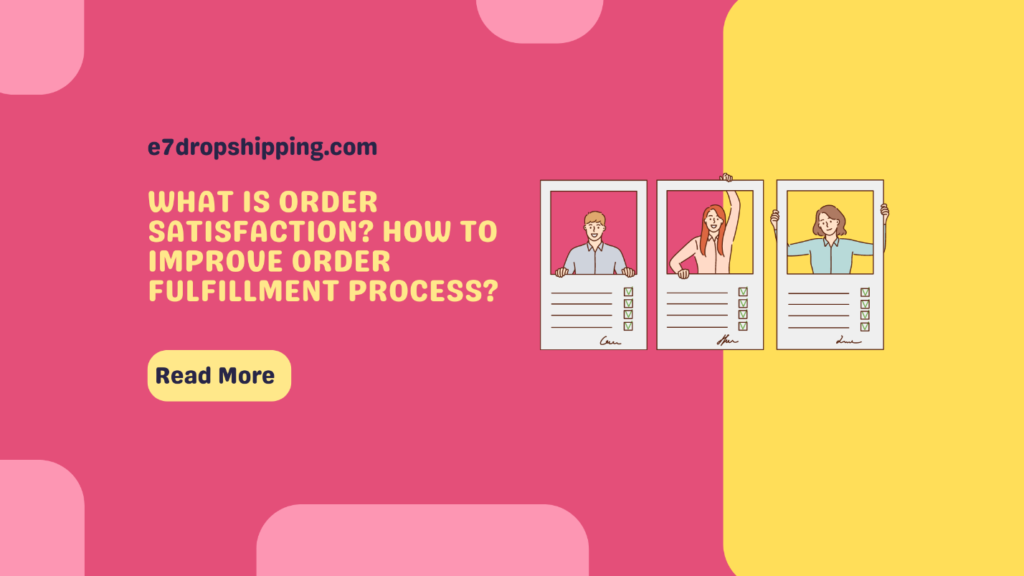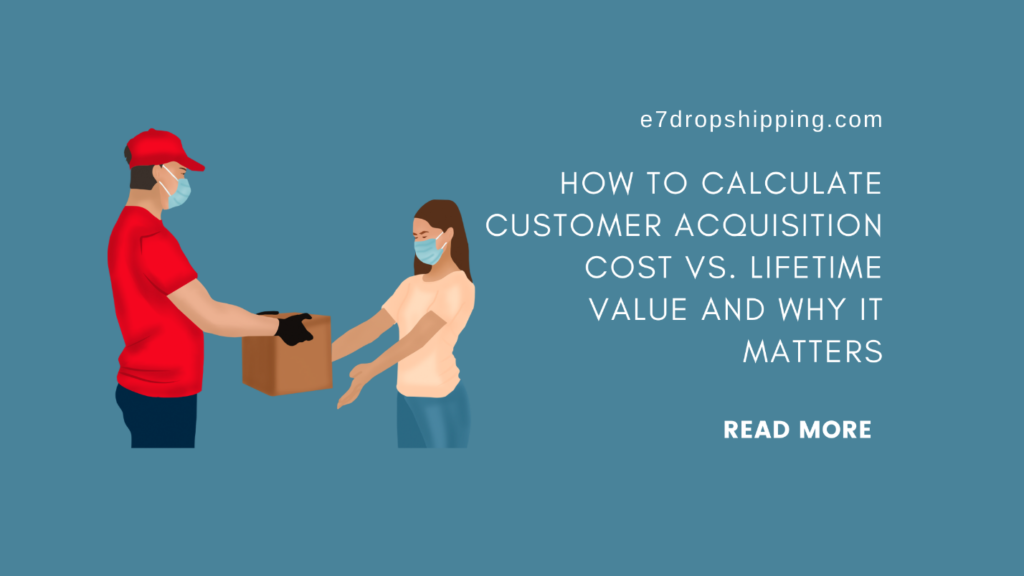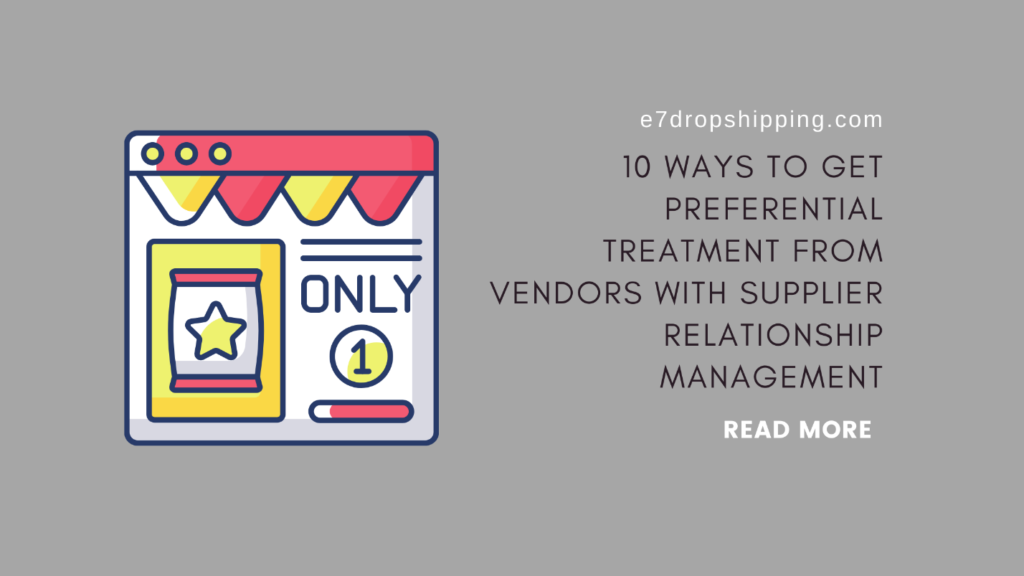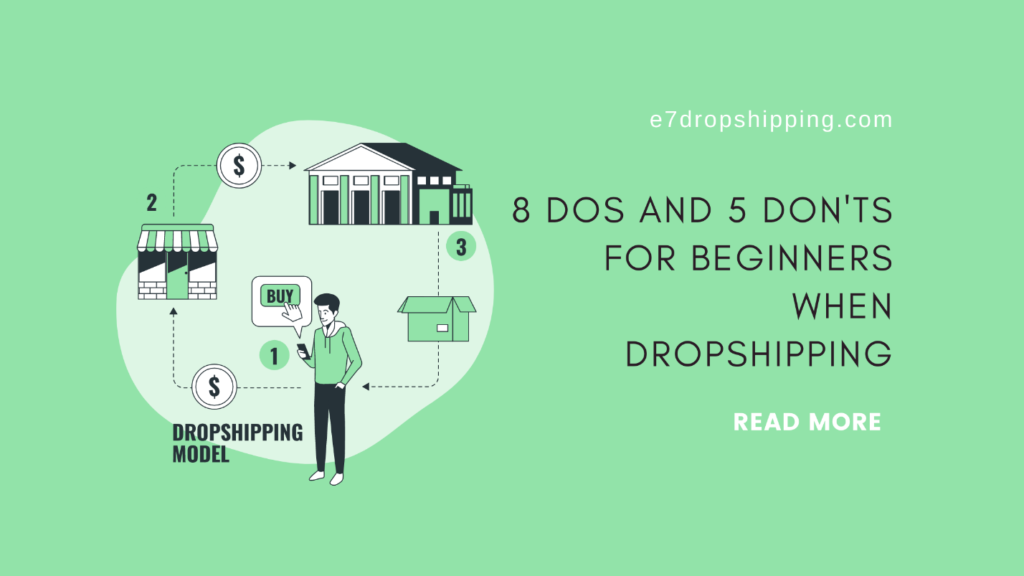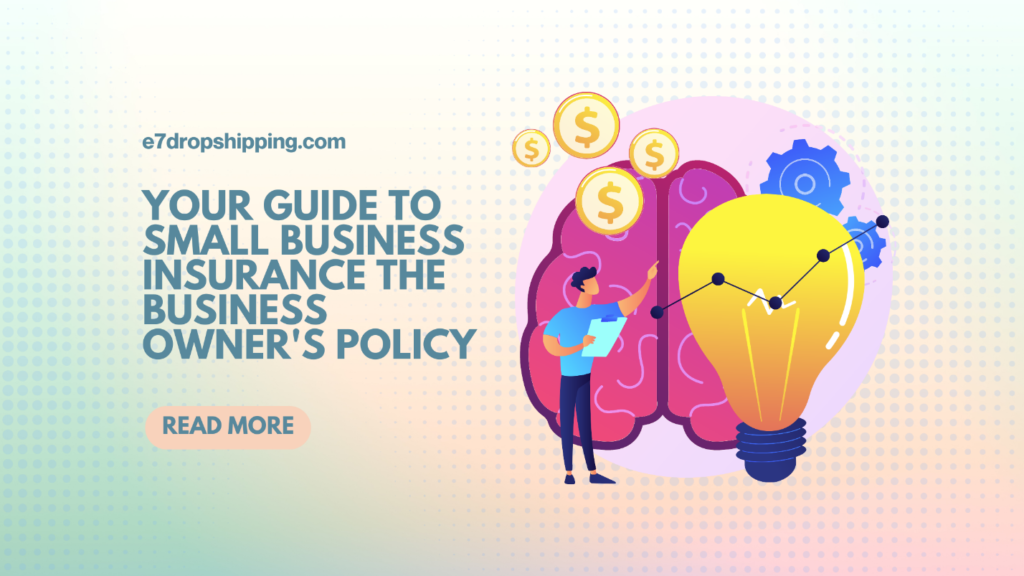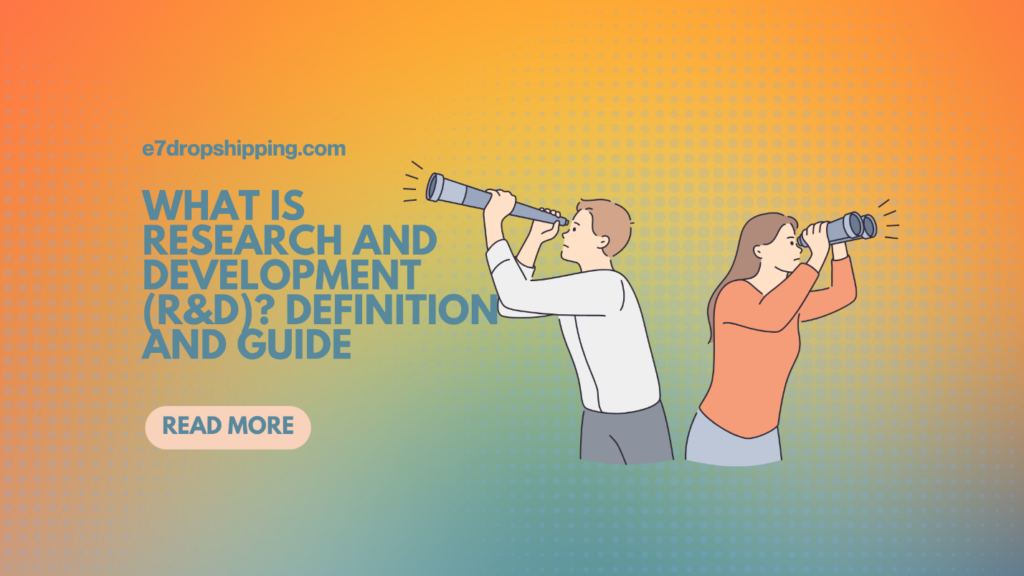Your New Growth Strategy Is Proactive Customer Service: Why, How, And Examples
Providing proactive customer service gives you more chances to assist consumers and encourage them to make purchases.
You probably picture a team of agents handling incoming client complaints and inquiries when you think about customer service. Although providing clients with reactive customer service is a vital approach to assist them, it just represents one aspect of a bigger customer service experience.
• Establishing self-help resources such as FAQ sites or help desks
• Live chat with prospective clients on your website to offer assistance in real-time
• Providing guides, coupons, and suggestions to help clients buy with greater assurance
• By providing proactive customer service, you may raise consumer expectations, increase the likelihood of fruitful client encounters, and boost the conversion rate for your business. All of this without requiring your customers to do any effort to get in touch with you.
We\’ll outline a few proactive customer service tactics below that will promote a contented clientele and, consequently, long-term sales. First though
• Two main categories of customer service
Customer service can be divided into two basic categories: reactive customer service and proactive customer service. It\’s crucial to strike a balance between the two of these techniques if you want to develop a customer service plan that is as successful and efficient as feasible.

